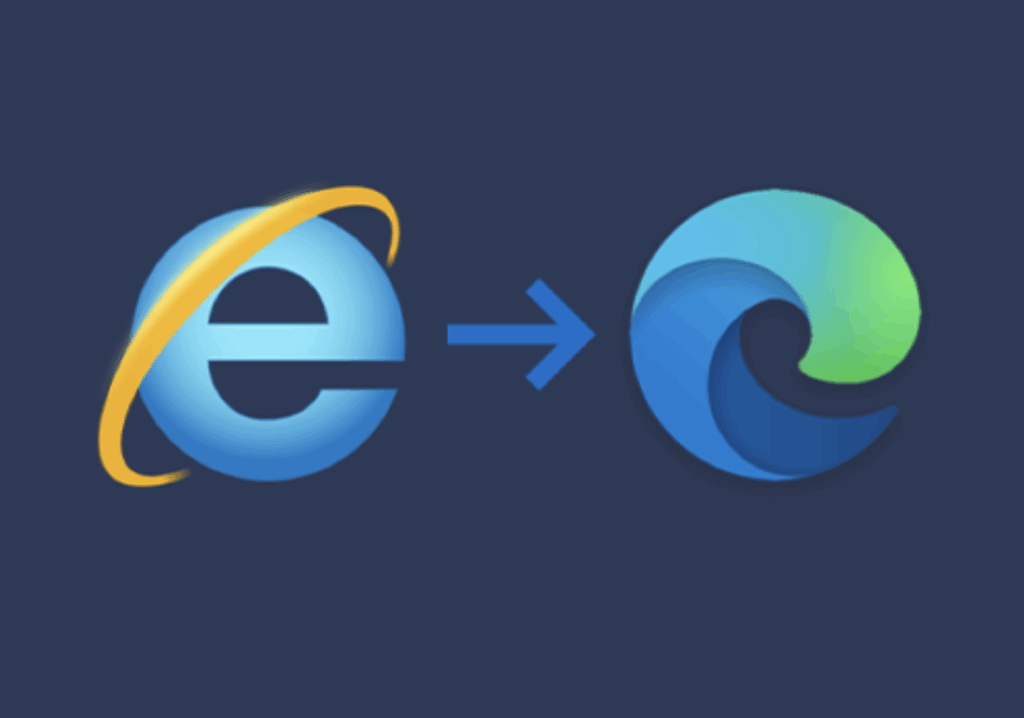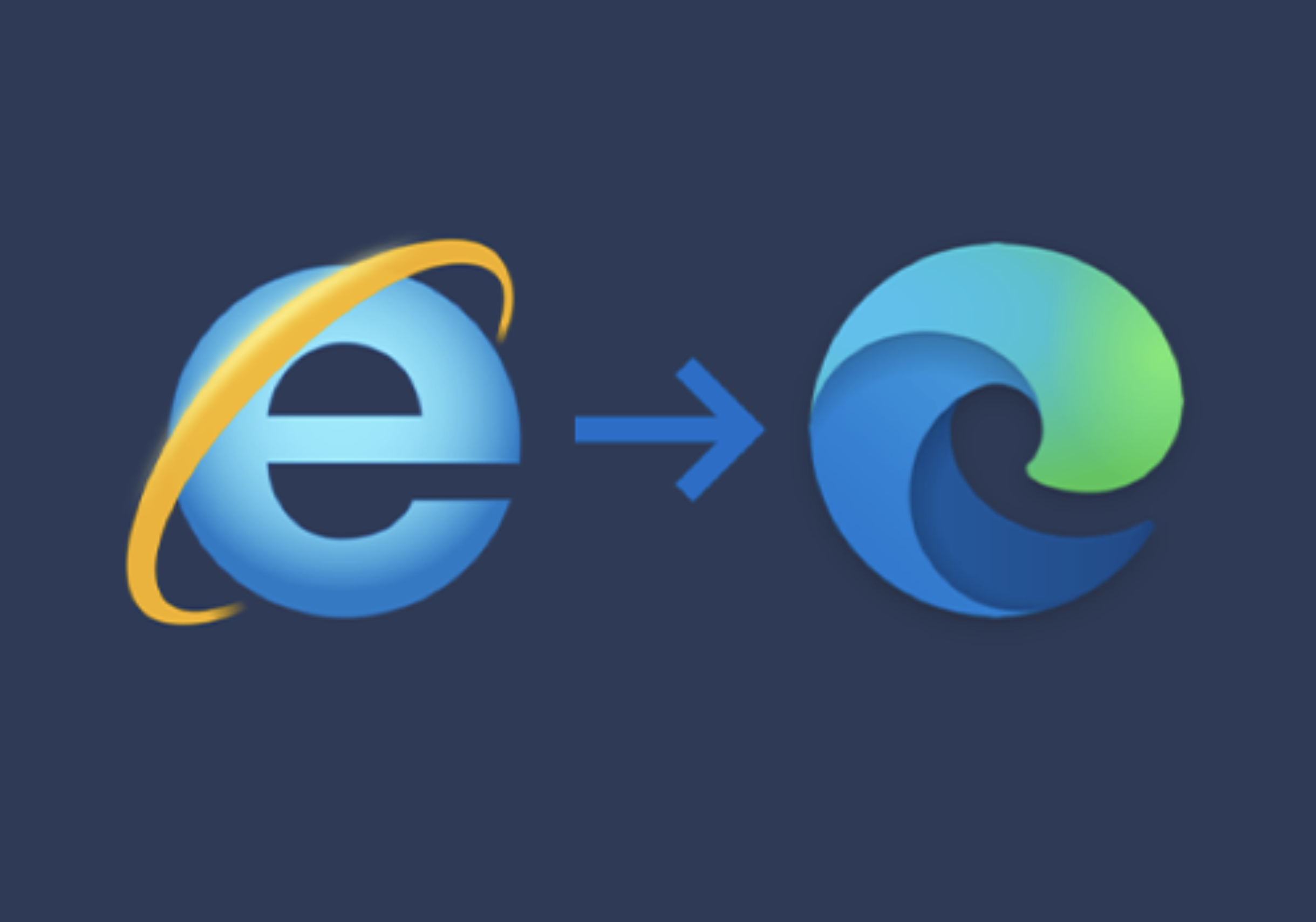
Microsoft Explorer: A Deep Dive into Its Legacy and Future
Microsoft Explorer, primarily known as Internet Explorer, holds a significant place in the history of web browsing. For many, it was their first gateway to the internet. While it’s largely been replaced by newer browsers like Microsoft Edge, understanding its evolution and impact is crucial for appreciating the current state of web technology. This article will explore the history, features, decline, and eventual replacement of Microsoft Explorer, providing a comprehensive overview of its role in shaping the internet landscape.
The Rise of Internet Explorer
Internet Explorer (IE) was first introduced in 1995 as part of the Microsoft Windows 95 operating system. Initially, it was based on source code from Spyglass Mosaic, one of the earliest commercial web browsers. Microsoft quickly integrated Internet Explorer deeply into Windows, making it the default browser and giving it a significant advantage over competitors like Netscape Navigator. This bundling strategy, along with continuous improvements in features and performance, led to Internet Explorer’s dominance in the late 1990s and early 2000s.
During its peak, Microsoft Explorer held over 95% of the browser market share. This dominance allowed Microsoft to set de facto web standards, which, while beneficial in some ways, also led to issues with web developers having to optimize specifically for IE. The ease of use and integration with the Windows operating system made it a popular choice for millions of users worldwide.
Key Features and Innovations
Over the years, Microsoft Explorer introduced several features that became standard in web browsers. These include:
- Tabbed browsing: Introduced in Internet Explorer 7, tabbed browsing allowed users to open multiple web pages within a single browser window.
- Pop-up blocker: A feature designed to prevent unwanted pop-up windows, improving the user experience.
- ActiveX controls: These allowed for interactive content and applications to run within the browser, although they also became a security vulnerability.
- Improved security features: Later versions of Internet Explorer included enhanced security measures to protect users from malware and phishing attacks.
These features contributed to Internet Explorer’s popularity and made it a competitive browser for many years. However, innovation in the browser market didn’t stop, and new challenges emerged.
The Decline of Microsoft Explorer
Despite its early success, Microsoft Explorer began to decline in popularity due to several factors. The rise of alternative browsers like Mozilla Firefox and Google Chrome, which offered faster performance, better support for web standards, and more innovative features, played a significant role. Furthermore, Microsoft’s focus shifted, and development on Internet Explorer slowed down, leading to it falling behind in terms of performance and security.
One of the major criticisms of Microsoft Explorer was its lack of adherence to web standards. Web developers often had to spend significant time and effort ensuring their websites worked correctly in Internet Explorer, which was a major pain point. This issue, combined with security vulnerabilities and performance issues, led many users to switch to alternative browsers.
The introduction of Google Chrome in 2008 was a turning point. Chrome offered a clean interface, fast performance, and strong support for web standards. It quickly gained popularity, and within a few years, it surpassed Internet Explorer as the most used web browser. [See also: Browser Market Share Trends] This marked the beginning of the end for Internet Explorer’s dominance.
The Introduction of Microsoft Edge
Recognizing the need for a modern, competitive browser, Microsoft began developing Microsoft Edge. Microsoft Edge was first released in 2015 alongside Windows 10, marking a new era for Microsoft’s web browsing strategy. Edge was designed to be faster, more secure, and more standards-compliant than its predecessor. It initially used Microsoft’s own EdgeHTML rendering engine but later switched to Chromium, the same engine used by Google Chrome.
The switch to Chromium was a significant move, as it ensured better compatibility with web standards and access to a vast ecosystem of extensions and developer tools. Microsoft Edge also introduced several new features, such as:
- Collections: A feature that allows users to easily organize and save web content.
- Immersive Reader: A tool designed to improve readability by removing distractions and providing text-to-speech functionality.
- Privacy features: Enhanced privacy settings to protect users from tracking and data collection.
Microsoft Edge represents a significant improvement over Internet Explorer and is now a competitive browser in its own right. [See also: Comparing Microsoft Edge and Google Chrome] It is regularly updated with new features and security enhancements, ensuring a modern and secure browsing experience.
The End of Internet Explorer
In June 2022, Microsoft officially retired Internet Explorer 11, the last version of the browser. This marked the end of an era for a browser that had once dominated the internet landscape. Microsoft encouraged users to switch to Microsoft Edge, which offers better performance, security, and compatibility with modern web standards.
While Internet Explorer is no longer supported, it remains a significant part of internet history. Its rise and fall serve as a reminder of the importance of innovation, adherence to web standards, and continuous improvement in the ever-evolving world of web technology. Microsoft’s decision to retire Internet Explorer and focus on Microsoft Edge demonstrates its commitment to providing users with a modern and secure browsing experience.
The Legacy of Microsoft Explorer
Despite its eventual demise, Microsoft Explorer left a lasting legacy on the internet. It played a crucial role in popularizing the web and making it accessible to millions of users worldwide. Its features and innovations, such as tabbed browsing and pop-up blockers, became standard in modern browsers. Furthermore, its dominance shaped the way websites were developed for many years.
The story of Microsoft Explorer also highlights the challenges of maintaining a leading position in the technology industry. Complacency and a failure to adapt to changing trends can lead to a decline in popularity, as was the case with Internet Explorer. Microsoft’s response to this decline, with the development of Microsoft Edge, demonstrates its ability to learn from its mistakes and innovate in the face of competition. The impact of Microsoft Explorer is still felt today. Its influence can be seen in the design and functionality of modern browsers, and its legacy serves as a reminder of the importance of continuous innovation and adaptation in the ever-evolving world of technology. Microsoft Explorer shaped the internet we know today. Understanding its history is vital for understanding the evolution of web browsing. Microsoft Explorer, though gone, is certainly not forgotten.
In conclusion, Microsoft Explorer’s journey from dominance to retirement is a fascinating case study in the history of web technology. While it may be gone, its impact on the internet is undeniable. The rise of Microsoft Edge signals a new chapter in Microsoft’s web browsing strategy, one that is focused on innovation, security, and adherence to web standards. The legacy of Microsoft Explorer will continue to shape the future of web browsing for years to come.

